6 min read
Passive House Retrofit
What is a Passive House Retrofit?
Passive House retrofit is the process of upgrading an existing building to meet the...
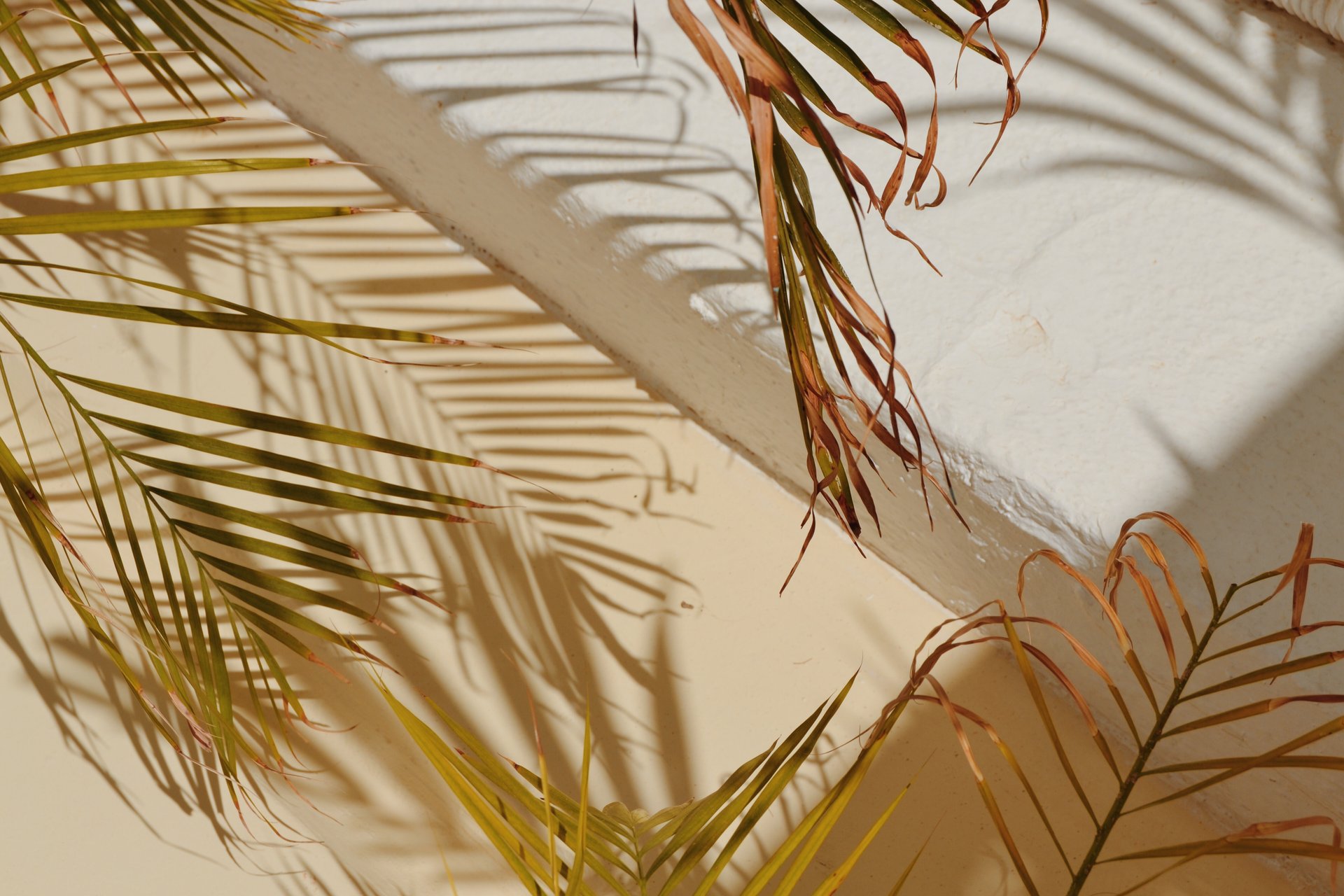
The Built Environment Sustainability Scorecard (BESS) is an assessment tool used in the planning permit stage, designed to evaluate the following areas of a new building or alteration against set benchmarks:
This tool aims to assist builders, developers and community members in showing how a proposed development design meets sustainable design benchmarks and requirements. Using the scorecard produced by the BESS assessment tool, improvements can be recommended to increase your home or development's sustainability performance.
Typically, BESS can be used to assess:
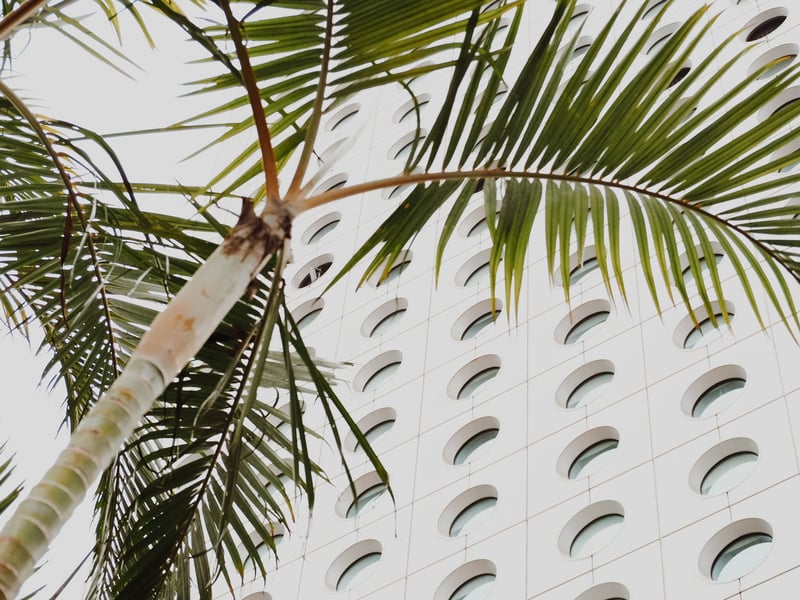
There are 9 categories that are assessed within the BESS tool, which are:
Minimum scores in mandatory categories (Energy, Water, Stormwater, IEQ) along with an overall score of 50% is required to pass.
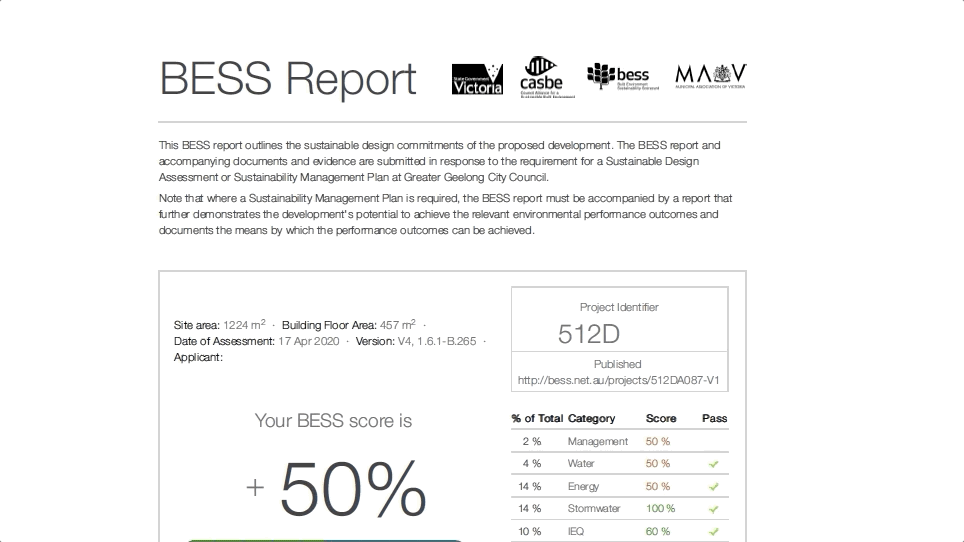
BESS is accessed through the use of a comprehensive online assessment tool and through the use of thermal modelling to rate the energy efficiency and overall consumption of a proposed dwelling. Through the use of a comprehensive list of performance criteria those being management, energy, water, stormwater, IEQ, transport, waste, urban ecology and innovation, proposed dwellings must meet certain deemed to satisfy provisions to be approved during the DA stage.
See what a BESS Report actually looks like
We have experience with all councils and know their preferred outcomes and offer practical solutions and design advice to assist in achieving a higher score.
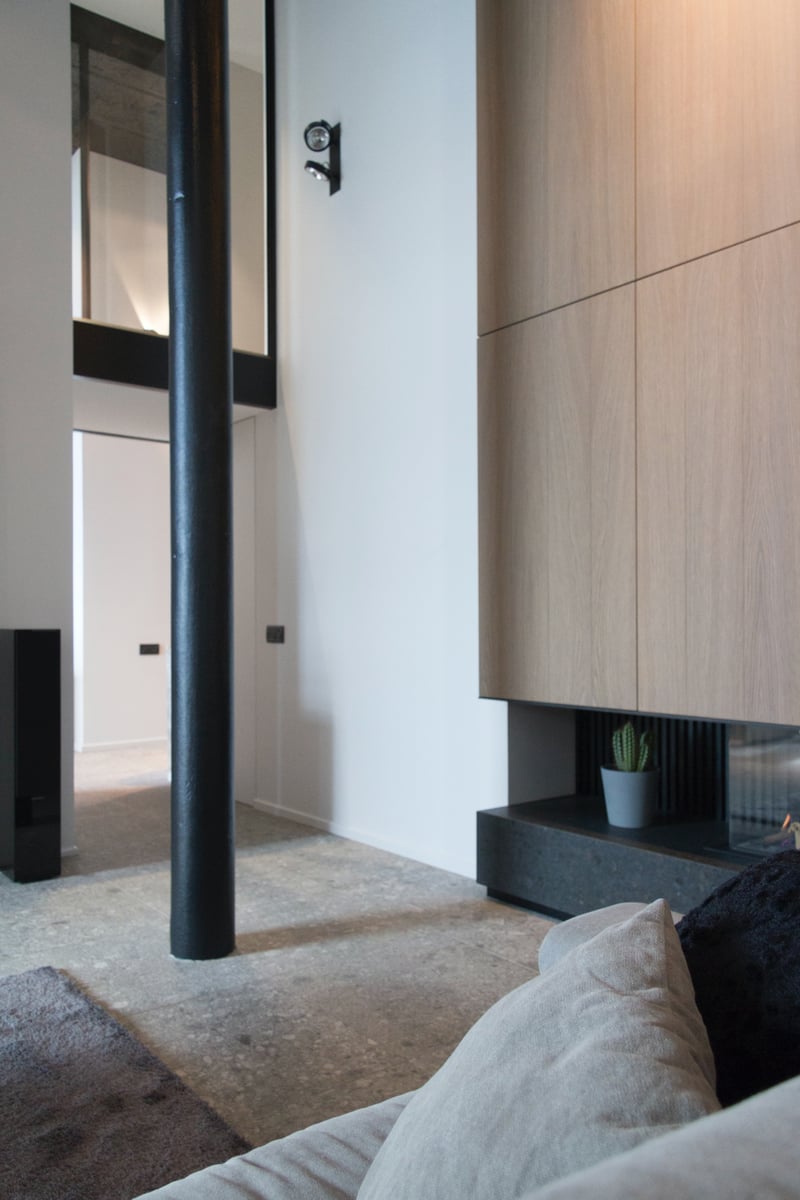
This is the information that you need to get started with a BESS Report:

1. Send your plans for quoting
2. Approve the Quote
3. Receive a Draft Report
4. Approve the Draft
5. Payment
6. Receive final Certification
Our turnaround for these reports is usually between 2-5 business days. Let us know if you have a deadline, and we will try and work with you to meet it.
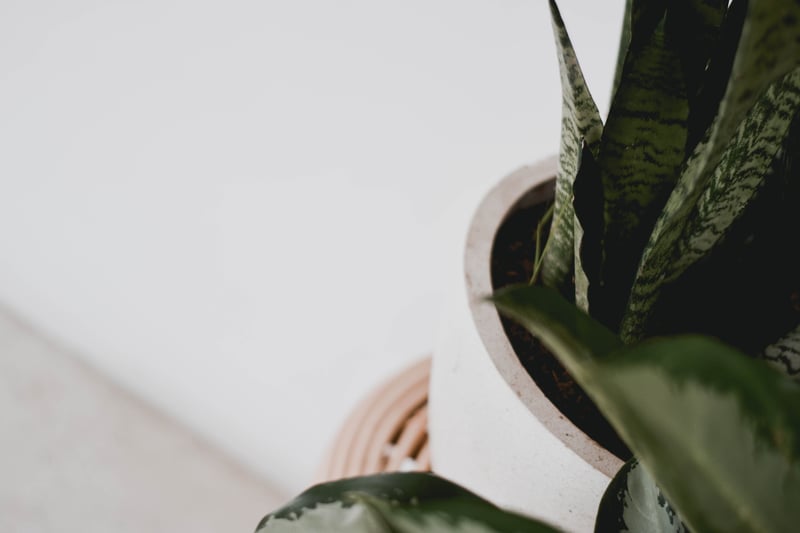
Noise pollution can cause psychological and physical harm. People who are exposed to high levels of noise pollution tend to feel an increased level of stress, and even permanent loss of hearing when exposed repeatedly over a long period of time. Including materials in your building plans such as drywall or fibreboard, will improve hearing, decrease stress and even see higher levels of productivity for commercial buildings.
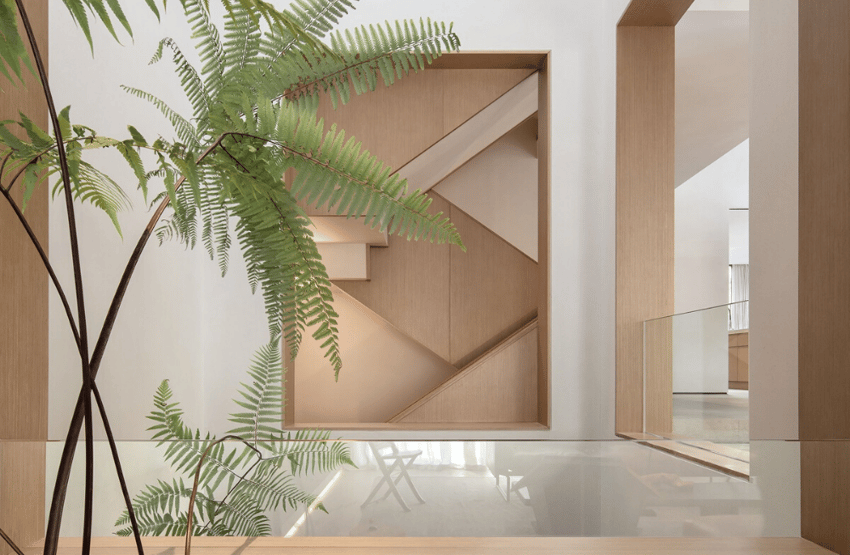
It's important to understand that humans maintain a body temperature of 37 degrees. When the environment people are working in isn't regulated and is found to be too hot or cold, it is proven individual's perform tasks less efficiently as the body subconsciously exerts energy to regulate its temperature. However, this can be avoided through glazing windows to control thermal comfort or managing the opening of windows, so make sure your building maintains a cool climate and mitigates humidity (particularly during the warmer months!).

The Built Environment Sustainability Scorecard (BESS) is an essential tool designed to evaluate the sustainability performance of new residential and mixed-use developments in Victoria. Developed by the Municipal Association of Victoria (MAV) in partnership with local councils, BESS helps applicants and developers measure and improve the environmental performance of their buildings across multiple categories, including energy, water, waste, indoor environment quality, and urban ecology.
BESS is crucial for promoting sustainable building practices, ensuring that new developments contribute to a healthier environment and offer long-term benefits for occupants. By setting measurable targets, BESS supports developers in achieving energy efficiency, reducing water consumption, managing waste effectively, and enhancing the overall quality of the indoor environment. In turn, these improvements lead to cost savings, reduced environmental impact, and better living conditions for residents.
Continue Reading
What is a Passive House Retrofit?
Passive House retrofit is the process of upgrading an existing building to meet the...
Prior to commencing most types of developments in NSW, you will have to lodge a Development Application (DA) with your...
Building for the Australian Climate.
A building’s access to sunlight is one of the leading factors contributing to its...
FOR IMMEDIATE RELEASE
Sydney, 11 March 2025
Certified Energy is pleased to announce our...